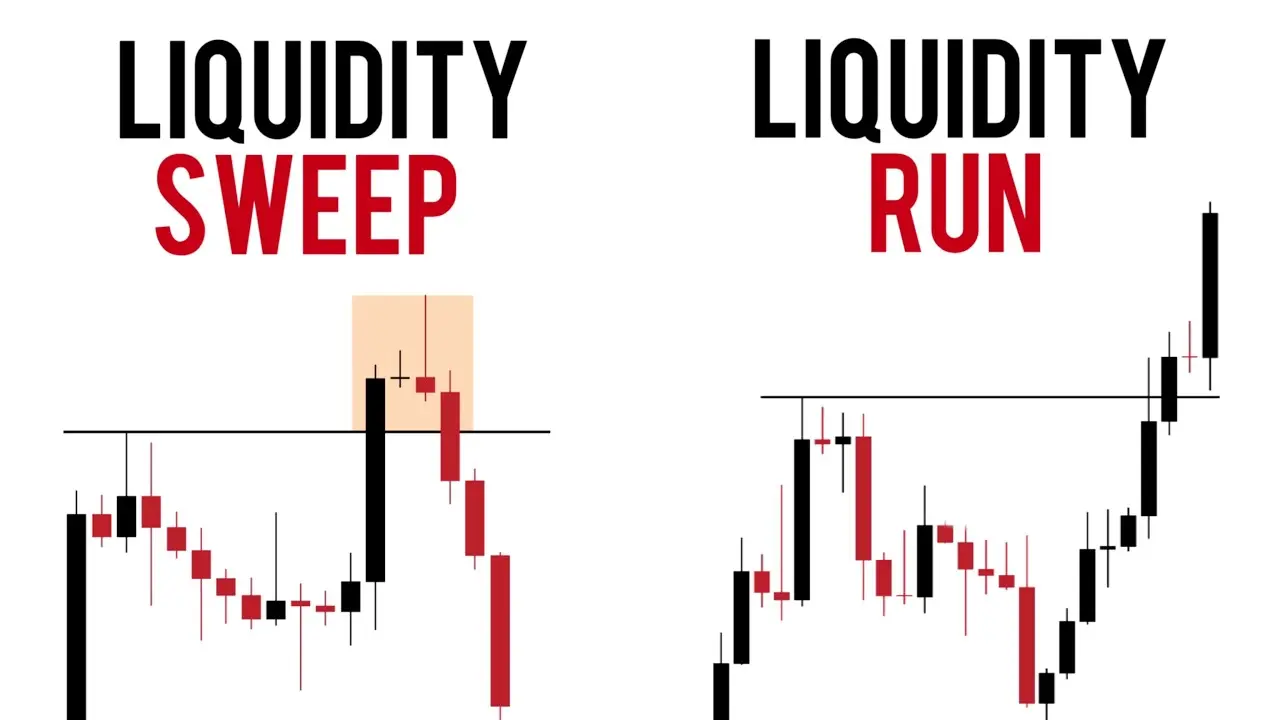Every trader dreams of consistency — that smooth equity curve where profits compound quietly, without chaos or emotional breakdowns.But here’s the truth that many refuse to accept:Trading consistency isn’t built on better entries. It’s built on better risk management.In this article, we’ll go deep into the psychology, structure, and execution of risk management for day traders and scalpers.You’ll learn how professional traders protect their capital, think probabilistically, and treat risk not as a constraint — but as a weapon.Let’s master the hidden side of trading success.
1. The Philosophy of Risk: Thinking Like a Casino
The biggest mental shift in risk management comes when you stop trying to be right — and start thinking in expectancy.
Casinos don’t care about single hands of blackjack.
They only care about edge over a series of outcomes.
Each game has a positive expectancy, meaning that given enough repetitions, the house always wins.
Trading works the same way.
Your job isn’t to win every trade — it’s to structure your system so that:
- Your average win > average loss
- You can survive losing streaks
- You stay in the game long enough for probabilities to play out
💡 Core principle:
You’re not a predictor. You’re a risk allocator.
The best traders know this:
They don’t obsess over the next tick. They obsess over their exposure.
2. Position Sizing and Risk per Trade
Most traders blow up not because they lack strategy — but because they overexpose themselves when confidence runs high and underexpose when fear kicks in.
You must have a fixed rule for how much you risk per trade.
A. The 1% Rule (and why it works)
A timeless guideline: never risk more than 1% of account equity per trade.
This ensures that even with 10 consecutive losses, your drawdown remains manageable (~10%).
That’s not random — it’s based on survival math.
Once your drawdown exceeds 25–30%, recovery becomes exponentially harder.
Example:
- Account size = $10,000
- 1% risk = $100 per trade
If your stop is 10 ticks ($50/tick), you can trade 2 contracts.
This keeps risk consistent — not emotional.
B. The Adaptive Risk Model
Advanced traders sometimes scale risk based on volatility or confidence tiers.
For instance:
- Base risk = 0.75% per trade
- “A+ setups” = 1.25%
- “Context trades” = 0.5%
This keeps flexibility without losing structure.
C. Risk of Ruin
If your system has:
- 50% win rate
- 1.5R average reward-to-risk
Your risk of ruin is practically zero if you stay below 1–2% risk per trade.
That’s the math edge — not the emotional illusion of being “sure.”
💡 Pro tip:
Never increase position size to “make back losses.”
Professional traders scale up only after new equity highs, not after drawdowns.
3. Stop Placement and Trade Invalidation
The word stop-loss triggers emotional resistance in most traders.
It feels like an admission of defeat — but it’s actually the cost of doing business.
A. Strategic Stops vs Emotional Stops
Emotional stops are based on discomfort:
“I’ll exit if it feels too painful.”
Strategic stops are based on auction invalidation:
“I’ll exit if the market accepts value beyond this level.”
Stops must be placed:
- Outside structure (beyond swing highs/lows or key value zones)
- Beyond expected noise (measured by average range or volatility)
If your stops are too tight, you’re not managing risk — you’re guaranteeing randomness.
B. Volatility-Adjusted Stops
Use tools like ATR (Average True Range) or tick-based measures to set flexible stops.
For example:
- Stop = 1.5 × ATR(14)
This ensures stops adapt to volatility without forcing arbitrary exits.
C. Partial Exits and Active Management
Pro traders often scale out of trades at partial targets to reduce open risk and lock in exposure.
Example:
- First partial at +1R
- Second partial at +2R
- Remainder trails behind structure
This keeps your psychology clean and reduces the emotional weight of unrealized profits.
💡 Rule:
If your stop makes no logical sense on a chart, your trade idea isn’t ready.
The best trades define risk first, then build opportunity around it.
4. Drawdown Control and Emotional Stability
Here’s the uncomfortable truth:
Even with the best system, you will experience losing streaks.
What separates professionals from amateurs isn’t who avoids them — it’s who survives them.
A. The 3-Strike Rule
If you hit three consecutive losing trades, pause.
Don’t “revenge trade.”
Analyze:
- Was it poor execution?
- Bad read on context?
- Or just natural variance?
Trading tired or frustrated skews your perception of risk and reward.
You’re not trading the market anymore — you’re trading your emotions.
B. Equity Curves and Reset Levels
Define equity checkpoints.
For example:
- Drawdown limit = 5%
- Upon hitting it → reduce risk by 50% until recovery.
This creates a self-regulating system that keeps your capital alive and your psychology stable.
C. Mental Risk Exposure
Each trade carries emotional load.
Even if you manage risk numerically, overtrading still increases mental drawdown.
Cap the number of trades per session (e.g., 5 max).
Discipline is an edge.
💡 Key takeaway:
Your mental capital is as important as your financial capital.
The market doesn’t just drain your balance — it drains your bandwidth.
5. Effective Inventory Management
Overview: Phishing remains one of the most prevalent and dangerous cyber threats. Attackers use deceptive emails, messages, or websites to trick individuals into revealing sensitive information. How to Mitigate: Implement comprehensive email filtering solutions, educate employees about recognizing phishing attempts, and use two-factor authentication (2FA) to protect accounts.

.png)



